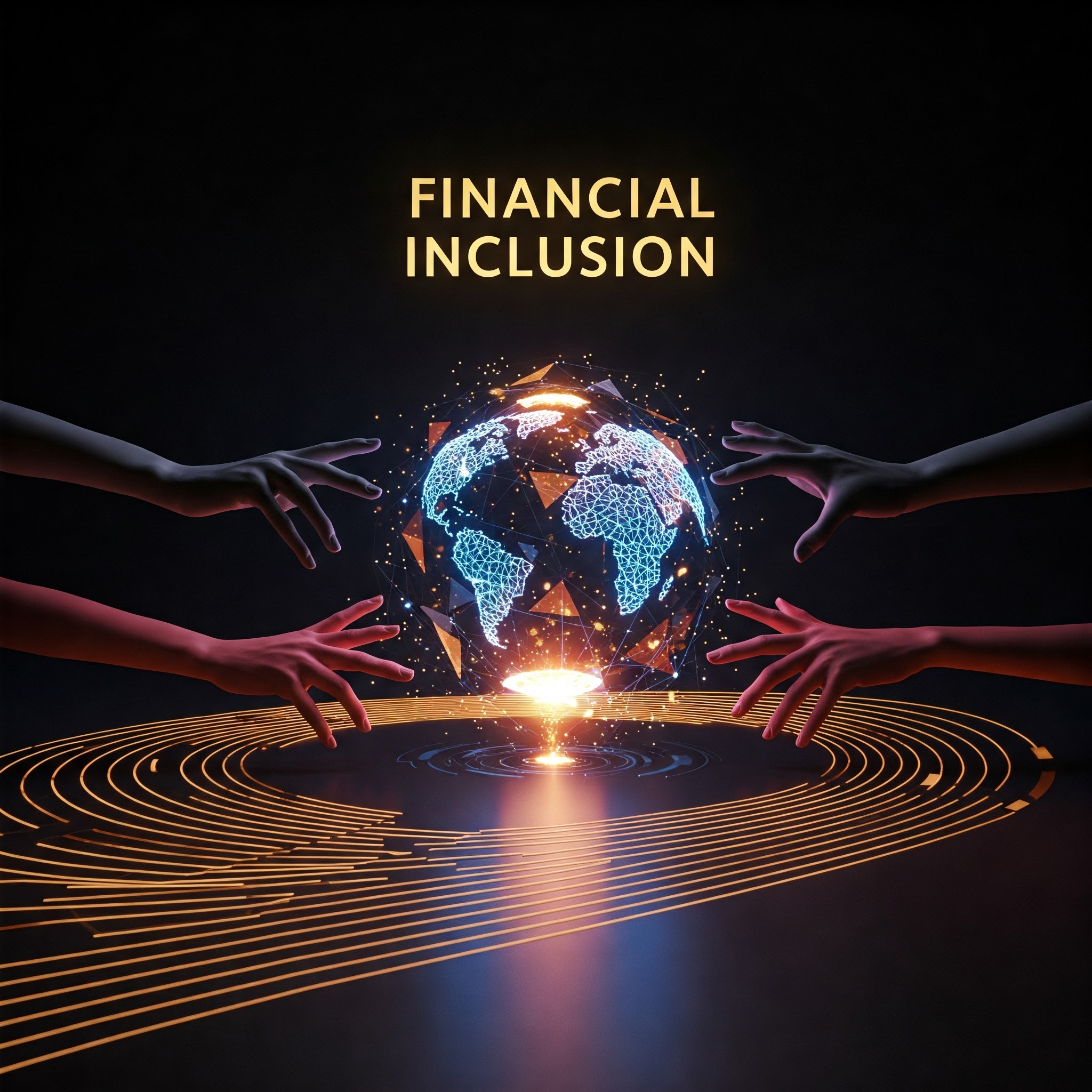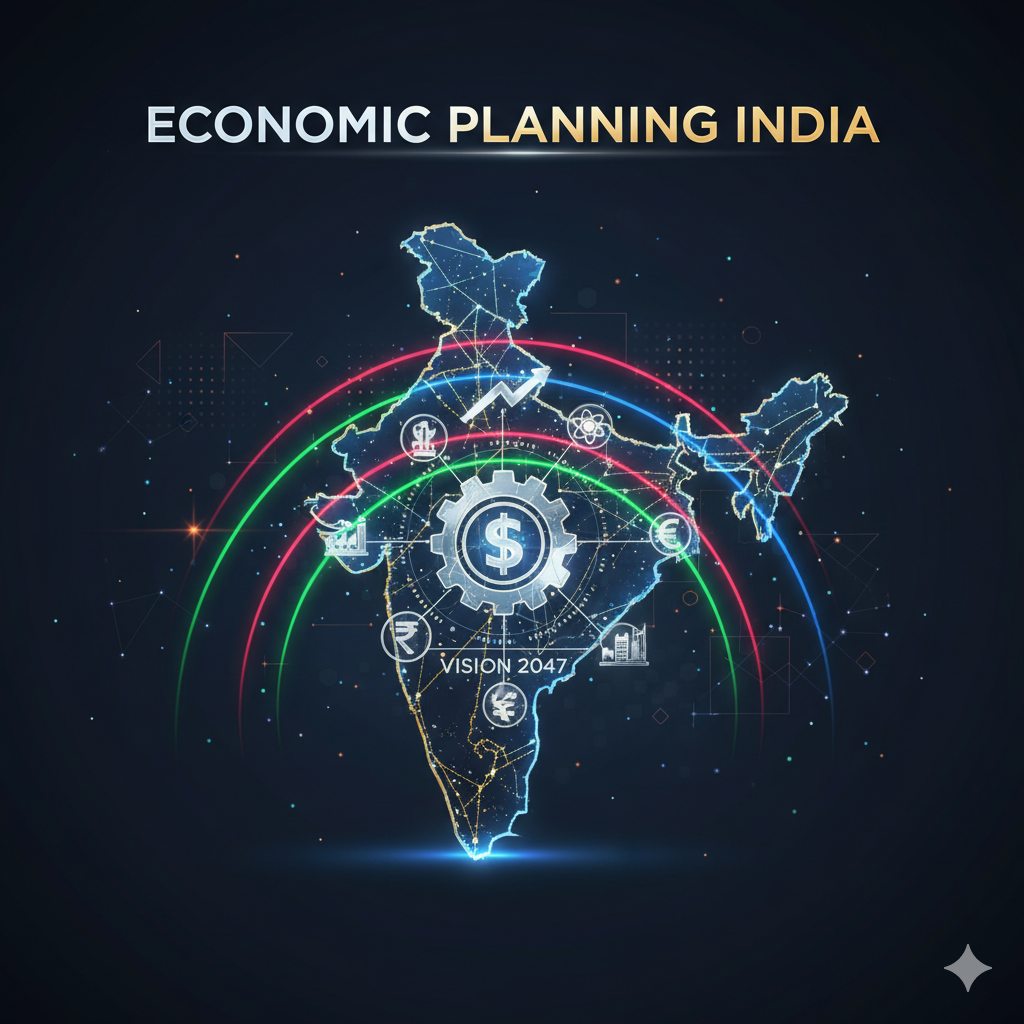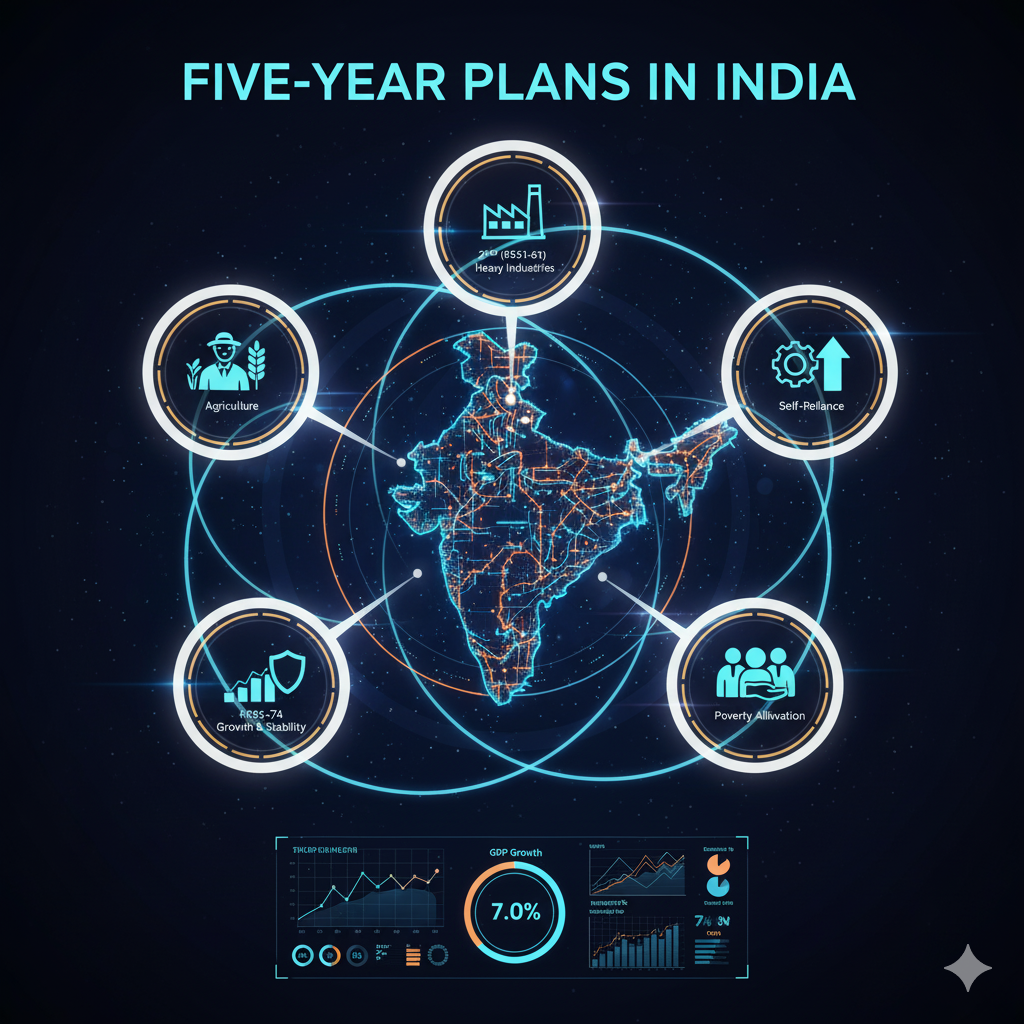Introduction
Financial inclusion has emerged as a cornerstone of equitable economic development in the 21st century. It refers to the process of ensuring access to appropriate financial products and services—such as savings accounts, credit, insurance, pensions, and digital payments—to all sections of society, particularly the underprivileged and marginalized. In a country like India, with its vast rural population and socio-economic disparities, financial inclusion is not just a developmental priority but a social imperative.
Over the last decade, India has launched transformative initiatives such as the Pradhan Mantri Jan Dhan Yojana (PMJDY) and Digital India, which aim to empower citizens by bringing them into the formal financial ecosystem. This article explores the concept of financial inclusion, analyzes the effectiveness of these initiatives, and evaluates the road ahead.
Understanding Financial Inclusion
Definition and Importance
The Reserve Bank of India (RBI) defines financial inclusion as “the process of ensuring access to financial services and timely and adequate credit where needed by vulnerable groups such as weaker sections and low-income groups at an affordable cost.”
Key Components of Financial Inclusion:
- Access to banking services
- Availability of affordable credit
- Use of digital platforms for financial transactions
- Financial literacy and awareness
- Insurance and pension coverage
Why Financial Inclusion Matters:
- Poverty Reduction: Helps households manage risks and invest in education, health, and business.
- Economic Growth: Increases savings, investments, and participation in formal economic activities.
- Social Empowerment: Promotes gender equality and uplifts marginalized communities.
- Transparency and Governance: Reduces leakages in welfare schemes through Direct Benefit Transfers (DBT).
Barriers to Financial Inclusion in India
Despite policy efforts, several challenges hinder financial inclusion:
- Geographic Diversity: Remote and rural areas lack bank branches and ATMs.
- Lack of Documentation: Poor and marginalized people often lack ID or address proof.
- Low Financial Literacy: Many are unaware of banking procedures and digital transactions.
- Income Instability: Irregular or low income deters formal banking.
- Digital Divide: Limited access to smartphones, internet, and digital skills.
Pradhan Mantri Jan Dhan Yojana (PMJDY)
Launched on 28th August 2014, the PMJDY is one of the largest financial inclusion schemes in the world. Its objective is to provide universal access to banking facilities with at least one basic banking account for every household.
Key Features:
- Zero-balance savings accounts
- RuPay debit card with accident insurance
- Overdraft facility up to ₹10,000
- Direct Benefit Transfer (DBT) for government schemes
- Mobile banking and USSD-based services
- Insurance cover: ₹1 lakh accident insurance (later increased), and ₹30,000 life insurance for eligible accounts
Achievements of PMJDY:
- Massive Account Opening: As of early 2025, over 50 crore accounts have been opened.
- Rural Penetration: Nearly 60% of Jan Dhan accounts are in rural and semi-urban areas.
- Women Empowerment: Over 55% of account holders are women, promoting financial autonomy.
- Financial Deepening: PMJDY accounts have witnessed a rise in balance levels, indicating active usage.
- Government Transfers: Streamlined welfare transfers during COVID-19 and other emergencies.
Challenges Faced:
- Dormant Accounts: A significant proportion of accounts remain inactive.
- Limited Credit Access: Availability of credit, microloans, or overdrafts is still constrained.
- Banking Infrastructure: Banking Correspondents (BCs) face difficulties due to poor connectivity, low commissions, and cash management issues.
Digital India and Financial Inclusion
Launched in 2015, the Digital India Mission aims to transform India into a digitally empowered society and knowledge economy. Financial inclusion is a key pillar of this initiative through digital platforms that enable secure, real-time financial services.
Major Digital Platforms Promoting Financial Inclusion:
1. Aadhaar (UIDAI)
- Biometric identification enables Know Your Customer (KYC) for account opening.
- Facilitates Aadhaar Enabled Payment Systems (AEPS) and authentication.
2. Unified Payments Interface (UPI)
- Interoperable digital payments through smartphones.
- As of 2024–25, India handles over 1,000 crore UPI transactions monthly, reflecting mass adoption.
3. Bharat Interface for Money (BHIM)
- Government-promoted app to facilitate UPI payments.
4. Jan Dhan-Aadhaar-Mobile (JAM) Trinity
- Integration of bank accounts (Jan Dhan), Aadhaar, and mobile numbers enables DBT of subsidies and welfare payments directly to beneficiaries.
5. DigiLocker
- Offers a secure digital space for storing documents needed for financial services.
6. e-RUPI
- A voucher-based system for targeted, contactless, and cashless welfare distribution.
Impact of Digital India on Financial Inclusion
1. Expanding Digital Payment Infrastructure
- Aadhaar-enabled Payment Systems (AEPS) and UPI have made banking accessible even in remote areas via micro-ATMs and smartphones.
2. DBT and Welfare Efficiency
- Reduction in leakages and corruption in schemes like LPG subsidies (PAHAL), MNREGA wages, pensions, and scholarships.
3. Encouraging FinTech Growth
- Emergence of platforms like Paytm, PhonePe, and Google Pay has created a competitive and inclusive financial ecosystem.
4. Support During COVID-19
- Digital platforms enabled quick and targeted transfer of emergency relief to millions, showcasing the resilience of digital inclusion.
Evaluation of PMJDY and Digital India: Successes and Gaps
Success Indicators:
| Indicator | PMJDY | Digital India |
|---|---|---|
| Bank account penetration | Increased from 53% in 2014 to over 80% in 2024 | Supports interoperability and access |
| Rural access | Significant outreach via BCs and rural banks | AEPS and UPI in rural areas through CSCs |
| Women’s inclusion | Over 55% women account holders | Increased female participation in digital payments |
| Government schemes efficiency | DBT through PMJDY reduced leakages | Real-time transfers and grievance redressal improved |
| Public awareness | Financial literacy campaigns under PMJDY | Digital literacy drives under PMGDISHA |
Shortcomings and Areas of Concern:
- Digital divide still limits access in tribal and remote areas.
- Dormancy: As many as 15–20% of Jan Dhan accounts remain inactive.
- Fraud risks: Rise in digital fraud and phishing in rural areas due to lack of awareness.
- BCs’ sustainability: Business Correspondents face inadequate incentives, leading to attrition.
- Gender and regional gaps: Despite improvements, the north-eastern states and tribal populations remain underserved.
Suggestions for Strengthening Financial Inclusion
1. Strengthening Digital and Financial Literacy
- Conduct village-level awareness campaigns to educate people about banking, digital payments, and cybersecurity.
- Integrate financial education into school curricula.
2. Improving Rural Connectivity
- Invest in digital infrastructure, especially broadband and mobile networks in rural and tribal areas.
- Encourage private-public partnerships for better last-mile connectivity.
3. Strengthening Business Correspondents (BCs)
- Increase commissions and provide training to BCs.
- Deploy micro-ATMs and portable biometric devices to ensure reliable services.
4. Promoting Women’s Financial Empowerment
- Introduce targeted savings and micro-loan schemes for women SHGs (Self Help Groups).
- Encourage digital literacy programs specifically for women.
5. Expanding Credit and Insurance Penetration
- Ensure easy access to micro-credit, crop insurance, and pension schemes (like PM-SYM).
- Promote credit guarantee schemes for small borrowers.
6. Leveraging FinTech Innovations
- Encourage innovation in AI-driven credit scoring, digital KYC, and blockchain-based transactions.
- Promote regulatory sandboxes to test inclusive financial products.
Conclusion
India’s journey toward financial inclusion has been remarkable, especially in the past decade. Schemes like the PM Jan Dhan Yojana and the Digital India Mission have laid a strong foundation for integrating millions into the formal financial ecosystem. While significant progress has been made in improving access, the true success of financial inclusion lies in active usage, sustainability, and impact on livelihoods.
Bridging the digital divide, strengthening institutional frameworks, and promoting inclusive innovation are crucial for ensuring that the benefits of financial inclusion reach every Indian citizen, regardless of geography, gender, or socio-economic status. Only then can India achieve inclusive growth and social equity through a truly financially empowered population.




